
This is one of those books (like its companion "On Cooking" that is a wealth of information whether you are a food professional or a novice cook. It is a text book, but it is excellent. It is presented in a clear, well illustrated, logically organized manner and is easy to read and understand even if you are a novice.
The price of this and the companion will scare some folks away. That is a pity as you could easily buy several other cookbooks totaling way more than this but not get the information and understanding that you would from this book. If you are a cook, serious about cooking, beginning but wanting to learn or know someone who is, this is the book to get. My wife is a Master Food Volunteer in VA trained by VA Tech. This is also known as a Master Food Preserver in other states who complete the same training program through their state university. She and others like her educate the public on food preparation, sanitation, storage, preserving, and other related food topics. For her, this is the "go to" reference on the subject regarding baking, as is the other for cooking.
Chef Sarah Labensky is currently a professor of culinary arts at Woosong University’s Sol International Culinary Arts School in Daejeon, Korea, Chef Sarah Labensky was previously Founding Director of the Culinary Arts Institute at Mississippi University for Women, as well as a professor of culinary arts at Scottsdale (Arizona) Community College. Chef Sarah has also owned restaurants in Columbus, MS and spent many years as a working pastry cook and caterer. She is co-author of On Cooking: A Textbook of Culinary Fundamentals (Pearson, 5/e update, 2014), The Prentice Hall Essentials Dictionary of Culinary Arts (Prentice Hall, 2007), and Applied Math for Food Service (Prentice Hall, 1997).
Priscilla Martel is a professional chef, educator and food writer with a special interest in artisan baking, the pastry arts and Mediterranean cuisines. She honed her cooking skills at Restaurant du Village, a country French restaurant opened in Chester, CT in 1979. Today, she operates All About Food, which holds several baking patents and collaborates with food manufacturers and restaurants to create innovative products, menus and marketing programs.She is a visiting instructor at Boston University’s certificate program in the culinary arts. She speaks to consumer and professional organizations about baking, almonds and healthy cooking. She is a contributing writer for Flavor and the Menu Magazine and the culinary director of American Almond Products Company, a leading baking-industry ingredient manufacturer. She is an active member of the International Association of Culinary Professionals, Bread Baker's Guild of America and the International Association of Foodservice Editors.She is co-author of On Cooking: A Textbook of Culinary Fundamentals (Pearson, 5/e update, 2014) and Math for Bakers DVD.
Chef Eddy van Damme is elgian-born pastry chef and confectioner, Eddy Van Damme is Professor in the Baking and Pastry Arts Program at Houston Community College. He studied at pastry school in Bruges and at PIVA in Antwerp, Belgium as well as in Paris at LeNôtre and Cacao Barry before coming to the United States over 20 years ago. Winner of 5 American Culinary Federation Gold Medals, Chef Van Damme consults to many companies including Imperial Sugar. He is host of popular and award-winning TV show Bake It!





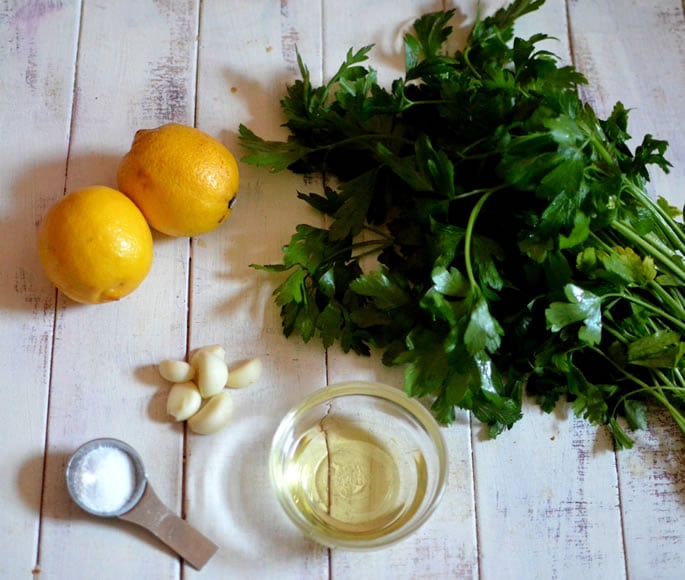
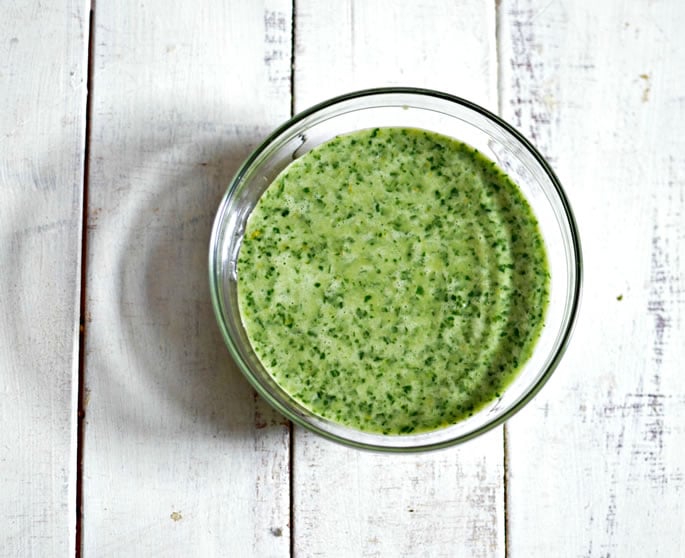
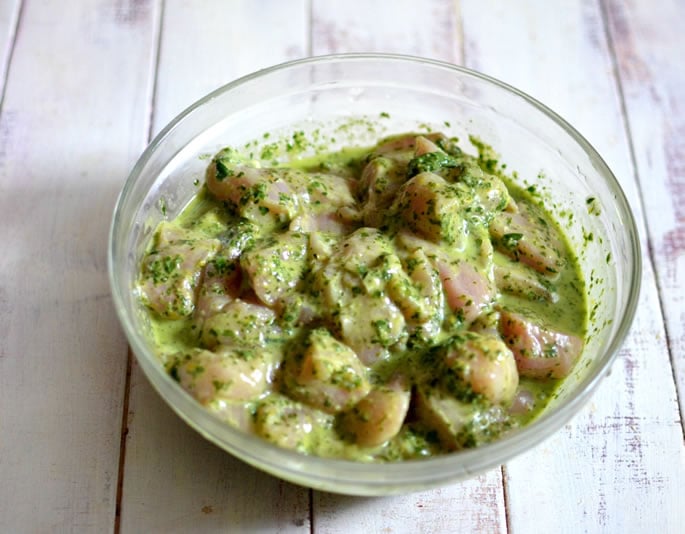
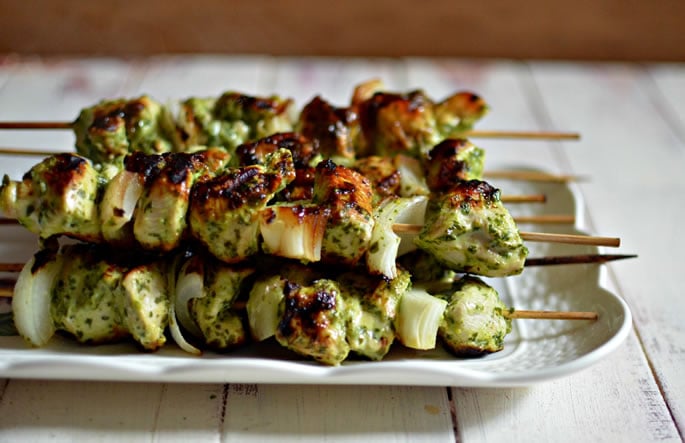
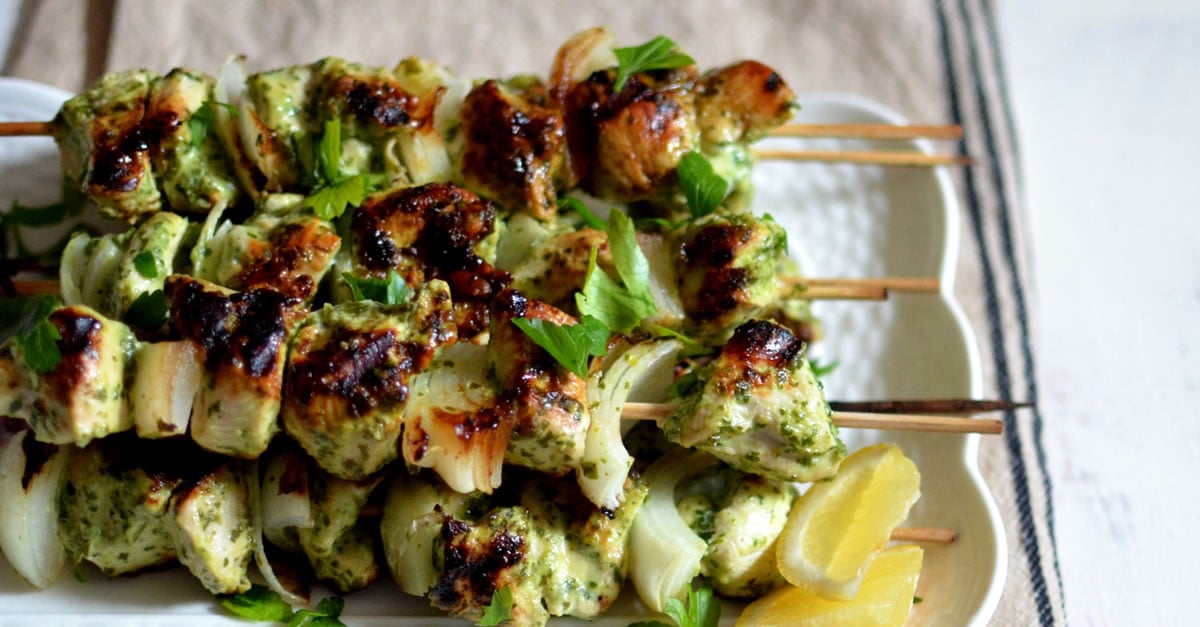
 ©
©


















 © Meir Cohen
© Meir Cohen
 ©
©
 ©
© ©
© ©
©